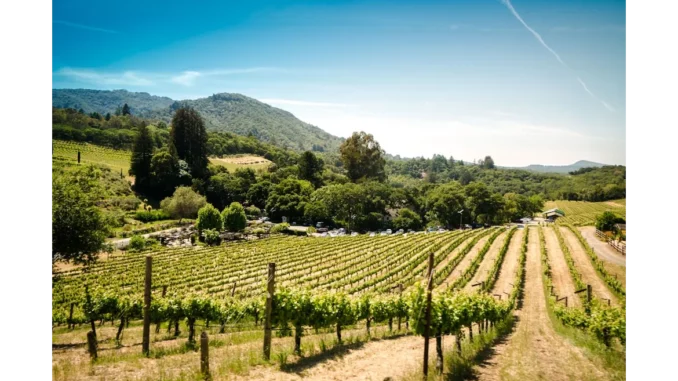
The Majesty of Cabernet Sauvignon: A Deep Dive into the King of Reds
When it comes to red wine, few names resonate as profoundly as Cabernet Sauvignon. Often hailed as the “king of reds,” this varietal has secured a revered spot in the hearts of wine enthusiasts around the globe. But what is it about Cabernet Sauvignon that makes it so special? Let’s embark on a journey to uncover the rich history, tasting notes, and perfect food pairings that make this wine a timeless classic.
A Storied Heritage
Cabernet Sauvignon’s origins can be traced back to the 17th century in the Bordeaux region of France. Emerging from a serendipitous crossing between Cabernet Franc and Sauvignon Blanc grapes, this varietal has since captivated palates worldwide. Its robust character and remarkable adaptability have allowed it to flourish in diverse wine regions, from the sun-drenched vineyards of Napa Valley to the rolling hills of Tuscany.
Tasting Notes: A Symphony of Flavours
One of the defining characteristics of Cabernet Sauvignon is its bold and intricate flavour profile. Typically, you’ll encounter a rich tapestry of dark fruits such as blackcurrant, blackberry, and plum. These are often complemented by secondary notes of spice, cedar, and tobacco, particularly in wines aged in oak barrels.
On the palate, Cabernet Sauvignon is renowned for its full-bodied nature and high tannin content. This imparts a structured and occasionally astringent quality, which mellows beautifully with age. The finish is often long and lingering, leaving a lasting impression that beckons for another sip.
Elevating the Culinary Experience: Perfect Pairings
Pairing food with Cabernet Sauvignon is an art that can elevate both the wine and the meal to new heights. Given its robust nature, this wine pairs exceptionally well with hearty dishes. Here are some classic pairings to consider:
-
Red Meat: The high tannins in Cabernet Sauvignon make it a perfect match for red meats like steak, lamb, and venison. The tannins help to break down the proteins in the meat, enhancing its flavours and making each bite more succulent.
-
Aged Cheeses: Hard cheeses such as aged cheddar, Gouda, and Parmigiano-Reggiano complement the wine’s bold flavours. The saltiness of the cheese balances the wine’s tannins, creating a harmonious blend of tastes.
-
Rich Sauces: Dishes with rich, creamy, or tomato-based sauces, such as beef stroganoff or spaghetti Bolognese, pair beautifully with Cabernet Sauvignon. The wine’s acidity cuts through the richness of the sauce, providing a balanced and satisfying experience.
-
Dark Chocolate: For a decadent dessert pairing, try Cabernet Sauvignon with dark chocolate. The wine’s dark fruit notes and the chocolate’s bitterness create a luxurious and indulgent combination.
A Global Journey: Regional Expressions
While Bordeaux remains the spiritual home of Cabernet Sauvignon, this versatile grape has found success in various regions around the world. Each region imparts its unique terroir, influencing the wine’s flavour profile:
-
Napa Valley, USA: Known for producing some of the world’s most celebrated Cabernet Sauvignons, Napa Valley wines are often characterised by their rich fruit flavours and velvety texture.
-
Coonawarra, Australia: This region is famous for its “terra rossa” soil, which imparts distinctive eucalyptus and minty notes to its Cabernet Sauvignons.
-
Tuscany, Italy: In Tuscany, Cabernet Sauvignon is often blended with Sangiovese to create the renowned “Super Tuscans.” These wines are known for their complexity and elegance.
-
Stellenbosch, South Africa: South African Cabernet Sauvignons are noted for their bold flavours and unique earthy undertones, often described as “fynbos,” a type of native vegetation.
Cabernet Sauvignon’s enduring popularity is a testament to its remarkable versatility and depth of character. Whether you’re a seasoned wine enthusiast or a curious beginner, exploring the world of Cabernet Sauvignon offers a rewarding journey through history, culture, and craftsmanship. So, the next time you uncork a bottle of this regal red, take a moment to savour its rich heritage and the artistry that went into its creation.


Be the first to comment